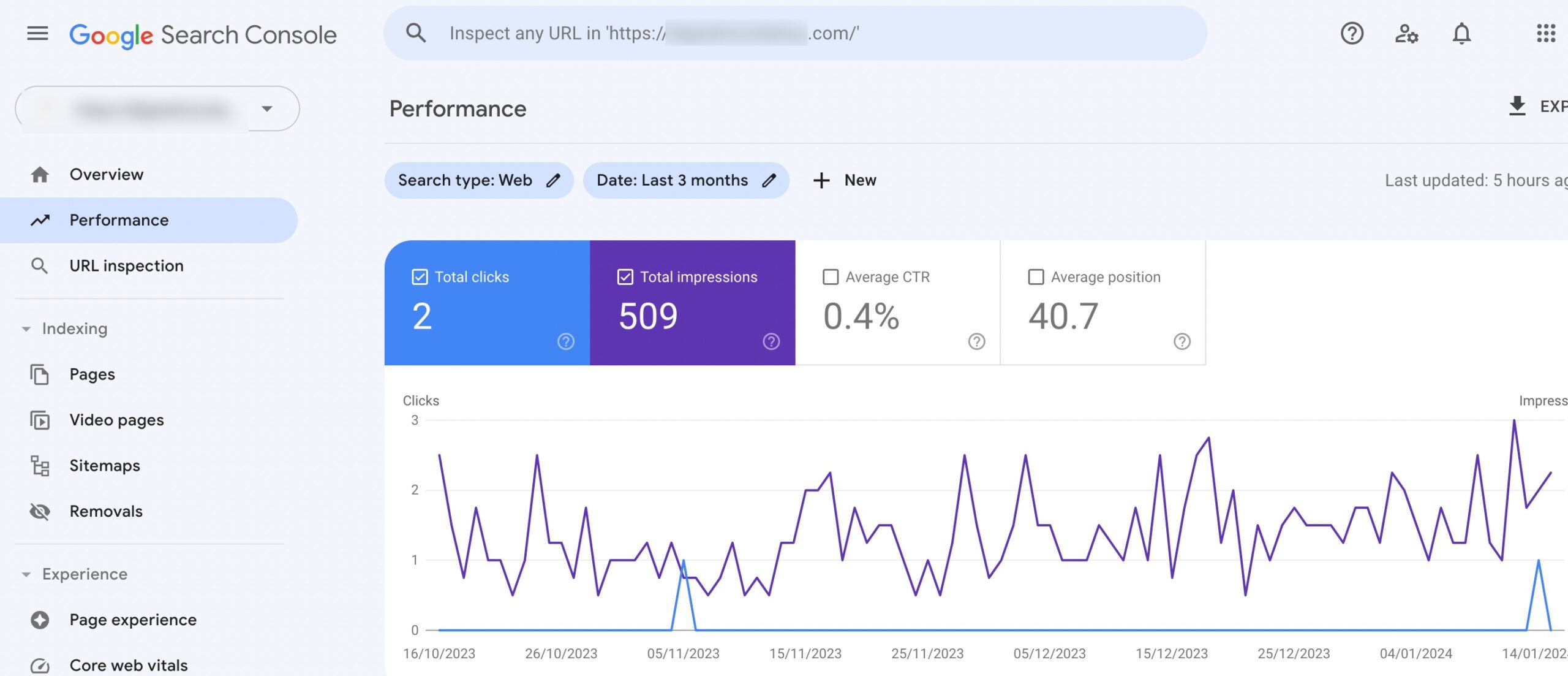So, you’ve got this fantastic WordPress site. Awesome content, amazing design, and all the bells and whistles.
But have you ever wondered what’s going on with all that content you’ve been creating?
As the volume of content grows, ensuring its relevance, accuracy, and effectiveness becomes very important. This is where the concept of a content audit within WordPress comes into play.
In this post, we’ll discuss the ways to improve your content’s performance with regular content audits. So, without any further ado, let’s get started.
Table Of Contents
1 What is Content Audit?
A content audit is a strategic and systematic assessment of all the content assets within a website.
During a content audit, various types of content, such as articles, blog posts, images, and videos, are reviewed. The primary objective is to gain insights into the effectiveness of the existing content strategy.
2 Importance of Content Audit
According to the Semrush 2023 State of Content Marketing Report, 61% of marketers perform content audits at least twice a year.
Content audits allow the identification of high-performing content that resonates with the audience. Recognizing what works well provides valuable insights for future content creation and helps capitalize on successful strategies.
On the flip side, content audits help flag underperforming content. Whether it’s due to low engagement or outdated information, knowing what needs improvement enables organizations to enhance or repurpose content for better results.
Content audits contribute to SEO efforts by identifying keywords, optimizing metadata, and uncovering opportunities for building authoritative backlinks, thereby improving the website’s rankings.
3 How to Do Content Audit
Let us now discuss the steps by which you can perform your audit.
3.1 Define Goals and Objectives
Identify the purpose of your content audit. For instance, if your website has recently undergone a rebranding, the purpose of the content audit might be to ensure that all content aligns with the new brand messaging and visual identity.
Once the purpose is defined, setting specific goals provides a roadmap for the audit process. These goals should be measurable, achievable, and aligned with the purpose.
Examples of specific content audit goals include:
- Increase average time spent on the website by 20% within the next quarter by optimizing content layout and enhancing user experience.
- Improve organic search rankings by updating meta titles and descriptions on key landing pages based on keyword research.
- Identify and update outdated content, aiming to improve the engagement rate on important pages by 15% over the next six months.
- Enhance content diversity by creating and publishing at least two pieces of multimedia content (videos and infographics) per month.
3.2 Create an Inventory
One of the fundamental steps in a content audit is creating an inventory.
The first task is to take stock of the diverse range of content on your website. This includes blog posts, videos, images, and other content that populate your online space. By creating a comprehensive list, you get a complete view of your content, ensuring no valuable piece is left unaccounted for.
Also include the specific URLs where each piece of content resides, the titles and the publication dates. This additional information brings context to your inventory, making it a dynamic resource for analysis.
You can either create an inventory manually via an Excel or Google Sheets spreadsheet, or you can use an online tool like Semrush or Screaming Frog.
To export the spreadsheet, use Rank Math’s CSV Import/Export feature.

3.3 Collect and Analyze Data
Begin by pinpointing key performance indicators (KPIs) essential to understanding your content’s impact.
Metrics such as page views, time on page, bounce rate, and conversion rates serve as foundational elements. These KPIs offer insights into the effectiveness of your content and user engagement.
Utilize diverse data sources to compile a comprehensive dataset. This includes leveraging analytics tools such as Google Analytics, social media analytics, and email campaign metrics.
Navigate to your Google Analytics account and open Reports → Engagement → Pages and Screens, as shown below. Here, you can track all the key metrics for your pages.

You can also use Google Search Console to track CTR and impressions to understand how your content is performing in the search. Look for content that is not performing well and update it.

Also, assess both the quality and quantity of the backlinks. Identify backlinks that contribute positively to your website’s credibility and search engine ranking.
It is also important to examine the content to ensure it aligns with the search intent. By closely aligning content with search intent, you not only enhance the relevance of your content but also contribute to a more positive user experience.
Additionally, evaluate your competitors’ content to identify areas and strategies for enhancing your performance.
You can create a content audit spreadsheet to keep track of all the details in one place, as shown below.

3.4 Create an Action Plan
Once you’ve evaluated your content, create a strategy to enhance its performance.
Begin by pinpointing the specific areas of your content that require improvement. This can be based on engagement metrics, user feedback, or alignment with your objectives. The goal is to identify the low-hanging fruit and important aspects that will contribute significantly to overall improvement.
For instance, if user feedback indicates a common issue with website navigation, addressing this usability concern becomes an important aspect of overall improvement to enhance the user experience.
Another example to consider is if your website has pages with high traffic but a high bounce rate, improving the call-to-action (CTA) or enhancing the visual appeal can be the low-hanging fruit to boost engagement.
Your action plan should align with your business goals. Consider how the proposed changes in your content strategy will contribute to achieving these objectives.
Whether it’s increased brand visibility, higher conversion rates, or improved user satisfaction, every action should be a step toward fulfilling your goals.
3.5 Adjust Your Content Marketing Strategy
Monitor your content’s performance, celebrating wins and learning from setbacks. By keeping track of your content’s performance, you can adjust your strategy to meet the needs of your audience and generate good results in search engines.
Here are a few tips you can consider for your content marketing strategy:
- Learn from your top-performing content when assessing your less successful pieces.
- Examine your competitors’ content to find areas for improvement in your performance.
- Regularly review and audit your content strategy at least once a year.
4 Frequently Asked Questions
How often should I conduct a content audit?
Conduct a content audit at least once a year to keep your content strategy aligned with changing business goals and evolving audience preferences.
What metrics should I consider during a content audit?
Key metrics include page views, bounce rate, time on page, conversion rates, and social shares. These metrics provide insights into content performance.
How do I identify outdated content during an audit?
Look for content with outdated information, expired promotions, or broken links. Check for relevance and update or remove accordingly.
How can I improve content that performs poorly?
Identify the weaknesses in underperforming content, update information, improve visuals, and enhance user experience to boost performance.
Can a content audit help with content repurposing?
Absolutely, a content audit identifies evergreen content that can be repurposed, saving time and maximizing the value of existing content.
How do I handle content that no longer aligns with business goals?
Consider archiving or removing content that no longer supports your current objectives to maintain strategic alignment.
5 Conclusion
A content audit is not just a one-time task but a dynamic process that forms the backbone of a successful and evolving content strategy.
By celebrating successes, learning from shortcomings, and adapting to the evolving industry trends, you set the stage for content that not only performs well today but continues to shine in the future.
Remember, a well-executed content audit is not just a maintenance check; it’s a strategic investment in the ongoing success and relevance of your content in the search engines.
So, embrace the insights gained, implement improvements, and watch your content strategy flourish. Here’s to a future of compelling, relevant, and high-performing content!
If you like this post, let us know by Tweeting @rankmathseo.
